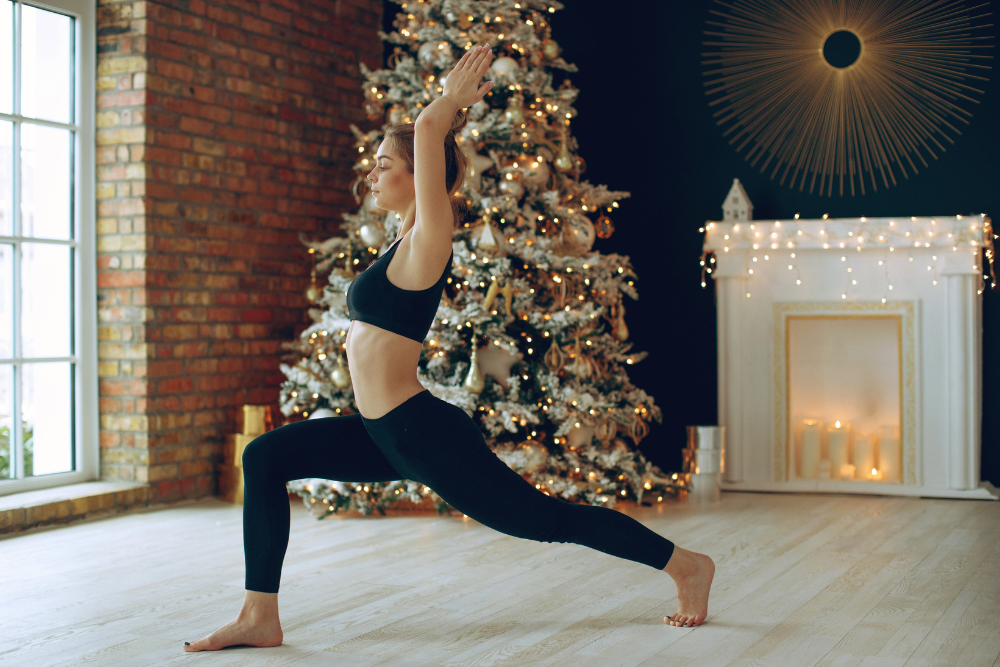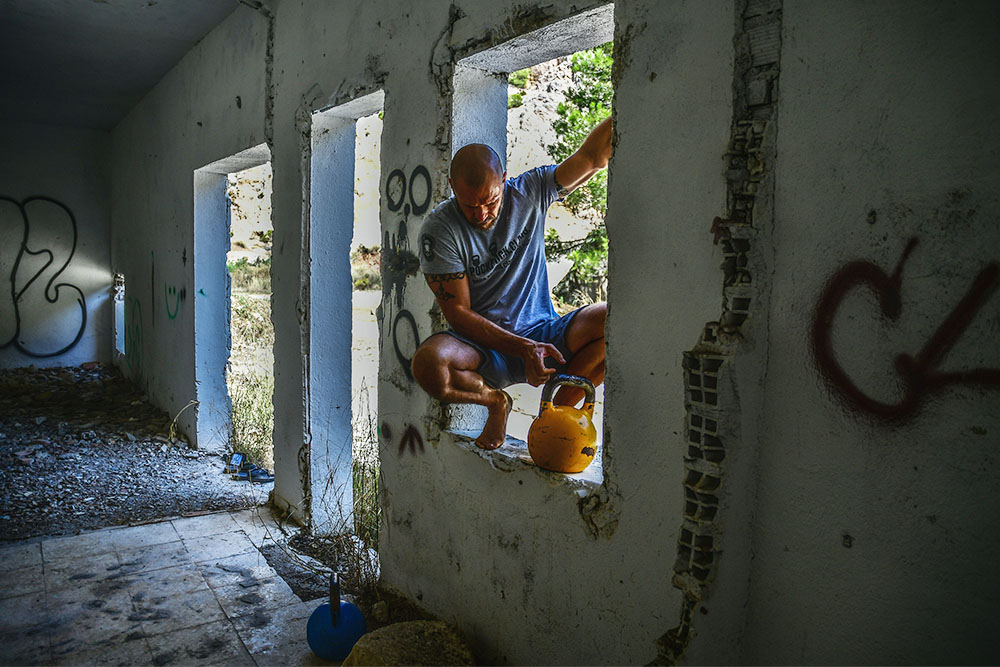Clash of The Titans – Intervals vs Endurance (Part 1)

Evan Stevens
At Fast Twitch Grandma we’ve done a lot of research into High Intensity Interval Training (HIIT). Our founder, the Fast Twitch Grandma herself Virginia Davies, initially started our expanding website with the exploration of how exercise could be used to improve aging outcomes. With a keen focus on HIIT, she wanted to know the advantages of shorter, higher intensity training could imbued on herself and others like her – individuals who want to add life to years, not just years to life. But one question that we have been receiving a lot lately is what the difference is between HIIT and continuous endurance exercise, say going for an hour-long jog at a steady pace.
There are many scientific articles that discuss the benefits of each, but is one better than the other? Why is that so? With these questions in hand, I wanted to find out for myself the answer of Intervals vs Endurance.
Being a middle-distance track and field athlete, I fall right into the middle of both of these categories – long runs help build strength, but so to do the shorter faster intervals on the track. I was always of the mind that they were using different energy systems but when I actually started to look at the research and read through the hundreds of scientific articles, personal training regimens of elite athletes, and methodologies and philosophies of coaching, it became clear to me that there is still a lot of work to do and that the answer isn’t quite as clear-cut as a lot of proponents of either high intensity intervals or continuous endurance training make it out to be.
 Want to test it out for yourself? Track the intensity of your workouts with the sleek and stylish Motiv Fitness Ring.
Want to test it out for yourself? Track the intensity of your workouts with the sleek and stylish Motiv Fitness Ring.
Related Article: How HIIT Changes Our Body
Defining the Exercise
To understand the differences between HIIT and Continuous Endurance Exercise (CEE), we first have to understand what each of them is, defining their niches.
CEE is easiest to understand. It is described as a continuous bout of exercise without a break interval and can be performed at low, moderate, or high intensities.
HIIT, on the other hand, is defined as shorter, highly strenuous bursts of activity separated by periods of low intensity or rest.
 So CEE is longer, maybe not as intense and without break, and HIIT is shorter, higher intensity with periods of rest. But if we stop and think about it, critically, we can run into some issues. If CEE can be done at varying intensities, then how long exactly do you have to go to quantify it as continuous exercise? If you were to do exercise at a high intensity, you can really only go for a certain amount of time before you tire and have to stop (based on your fitness level. Does this quantify itself as a ten to fifteen-minute bout of exercise as if racing a 5k race? What about a five-minute bout for a mile or so? These are high intensity but are also longer than what some people like to do, so where would they fall? As a middle distance runner, one of the workouts I would do in the fall during my base season would be something like three sets of 8 minute hard intervals with three minutes rest. They are still higher intensity intervals than just going out for an hour-long jog, but comparing them to 90% effort 400m repeats during the spring and summer, they are lower intensity and quite a bit longer.
So CEE is longer, maybe not as intense and without break, and HIIT is shorter, higher intensity with periods of rest. But if we stop and think about it, critically, we can run into some issues. If CEE can be done at varying intensities, then how long exactly do you have to go to quantify it as continuous exercise? If you were to do exercise at a high intensity, you can really only go for a certain amount of time before you tire and have to stop (based on your fitness level. Does this quantify itself as a ten to fifteen-minute bout of exercise as if racing a 5k race? What about a five-minute bout for a mile or so? These are high intensity but are also longer than what some people like to do, so where would they fall? As a middle distance runner, one of the workouts I would do in the fall during my base season would be something like three sets of 8 minute hard intervals with three minutes rest. They are still higher intensity intervals than just going out for an hour-long jog, but comparing them to 90% effort 400m repeats during the spring and summer, they are lower intensity and quite a bit longer.
 Recover faster from high-intensity workouts by combining cold therapy and massage with the Recoup Fitness Roller.
Recover faster from high-intensity workouts by combining cold therapy and massage with the Recoup Fitness Roller.
Yet, they are broken up into intervals, separated by periods of rest. This gets more complicated when we look at some of the research done using HIIT as the exercise protocol. A cursory glance through the literature and you would have no clue exactly what constitutes as HIIT. In some studies, researchers will quantify HIIT as intervals of 30 seconds with 90 seconds rest, or 60-second intervals with 75 seconds rest. Or four minutes with three minutes rest. Or two minutes with almost five minutes rest. Do you see the problem? There isn’t a clear-cut definition as to what qualifies as HIIT, or even CEE for that matter. Some studies suggest that CEE exercise is a half hour of cycling at 50-60% VO2max to 10 minutes at 85-90%. The variability within each regimen is what makes them very difficult to discuss subjectively as they are ill-defined.
Related Article: Predict Overuse Injuries In CrossFit Athletes

Sports like mountain running straddle the line between high intensity and continuous exercise. The demands of this sport mean that you need high intensity power (running up hill) but the endurance to do so over time. It makes it difficult to parse out the individual components of the sport. It is a perfect allegory for the challenges we face when talking about HIIT.
I think the big issue as to why they are difficult to properly define is because they both are ultimately working the same energy system (just in slightly different ways). Both HIIT and CEE train your aerobic energy system. While it is natural for us to think that the short bursts of high intensity exercise take us into a lactic acid producing anaerobic system, HIIT relies on a number of different principles that tap into our aerobic capacity as much as our anaerobic system.
However, in reading a lot of the literature, HIIT bounces back and forth between aerobic and anaerobic descriptions in terms of interval duration. Most research would suggest that hard intervals at or above 90% VO2max which last for less than 2 minutes are going to be anaerobic and everything longer than that is going to be aerobic. In my own training, we would do workouts to tax our VO2max system which was a good indication of fitness. A workout to kick this system would be something like five repetitions of 1000m with about two and a half to three minutes rest. The object was to have each of those kilometers as fast as possible so that the total 5000m time was as fast as we could possibly be, much faster than if we had just run a 5k straight without breaks. If done properly this was the hardest session of our training cycle.
 Want to know exactly what you need to eat to sleep and feel better, lose weight, end cravings and have more energy? Check out the Viome gut microbiome and wellness kit.
Want to know exactly what you need to eat to sleep and feel better, lose weight, end cravings and have more energy? Check out the Viome gut microbiome and wellness kit.
Anaerobic Or Aerobic?
These intervals only took about 2 minutes and 45 seconds but by the last one, it was struggling to get the legs going. Heavy with lactate build up and lungs on fire from the aerobic stress, this was truly a HIIT workout. By the end of it we would be dead – rolling around on the ground gasping for air, heads pounding with that familiar lactic build-up and trying to stop our hearts from jumping right out of chests. Being a VO2max workout, it is easy to assume that it is all aerobic, because it’s testing our body’s ability to move oxygen to our working muscles, but at the same time we are fighting against the buildup of lactic acid, meaning that we had to tap into an anaerobic system to get us through it because we couldn’t get oxygen to our muscles fast enough. This is what causes the problem – HIIT seems to overlap both the anaerobic and aerobic systems, which further complicates our ability to easily define it. What system is it supposed to work and tap into?
Boost your workouts with this protein powder for great results:
Related Article: Active Vs Passive Rest For HIIT Recovery
You Might Like:















